What will railroading look like 27 years from now? Will yards be jammed, main lines clogged, and trains backed up from terminals for 30 miles or more? Or will routes be fluid, with freights roaring by every 8 to 10 minutes on main lines three, four, and even six tracks wide? Either future could happen, or maybe something in between. Which direction it goes depends on money — $148 billion, to be exact.
That’s the level of spending called for in the “National Rail Freight Infrastructure Capacity and Investment Study,” a pioneering report released by the Association of American Railroads, with input from the Class Is. (You can download the document on the AAR’s Web site.)
This study is the first to outline a plan of expansion designed to meet the forecasted demand for rail service and stave off a transportation crisis. The maps on these pages are reproduced from the report, and plot the industry’s future in graphic form.
The U.S. Department of Transportation forecasts that tonnage on American railroads will grow 88 percent by 2035. The majority of that growth will occur on the main lines shown here, a network of 52,340 route-miles, or about one-third of the entire 140,810-mile U.S. rail system. Right now, 12 percent of that mainline network is operating at or near practical capacity.
Traffic (measured in ton-miles of rail freight) has already doubled in the past 20 years. The growth so far has been absorbed either by excess capacity that was in place, or what the report calls “moderate-cost capacity expansions” made by the railroads. (Hard to believe, but that latter category includes the giant double- and triple-tracking projects undertaken by Union Pacific, BNSF, Canadian Pacific, and CSX.)
To handle what’s coming next will require even larger capital outlays in the form of new tracks and signaling (about one-third of the recommended $148 billion); larger terminals and servicing facilities, many in high-cost population centers; and new bridges and tunnels (one-sixth of the amount) to improve clearances and replace aging structures, such as century-old bridges across the Ohio and Mississippi rivers.
“Without this investment, 30 percent of the rail lines in the primary corridors will be operating above capacity by 2035,” the report warns, “causing severe congestion that will affect every region of the country and potentially shift freight to an already congested highway system.”
The Class Is indicate they can invest up to $96 billion — or $3.4 billion a year, about twice what they’re spending now on expansion — generated from higher rates, traffic increases, and productivity gains. That leaves a $39 billion shortfall (about $1.4 billion a year) that will have to be paid for some other way. One likely source of funds is Washington, D.C., which is why the AAR unveiled its report on Capitol Hill last September. One solution already circulating in the House of Representatives is a tax credit bill for freight railroad improvements.
Some caveats: The report assumes there won’t be any modal shifts in tonnage between truck and rail beyond what the transportation department forecasts; deliberately sidesteps the passenger rail issue; and excludes shifts in economic markets, technology, and regulation. Significant changes in any of those areas could affect how and where freight moves. And future showdowns with unions, hedge funds, Congress, and the Surface Transportation Board could prompt railroads to cut back on capital spending.
What’s clear, though, is this: Capacity expansion needs to happen sooner rather than later; the railroads understand what’s at stake, but can’t do it alone; and 2035 will be here a lot quicker than you might think.





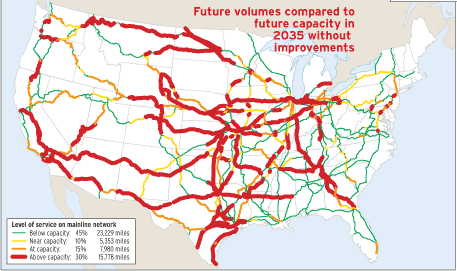

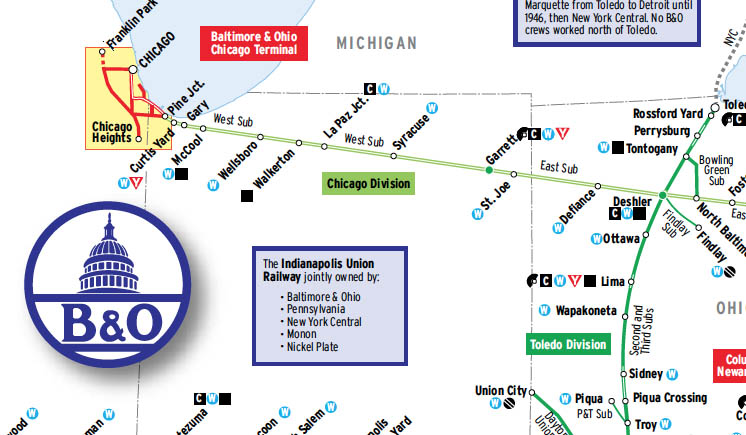
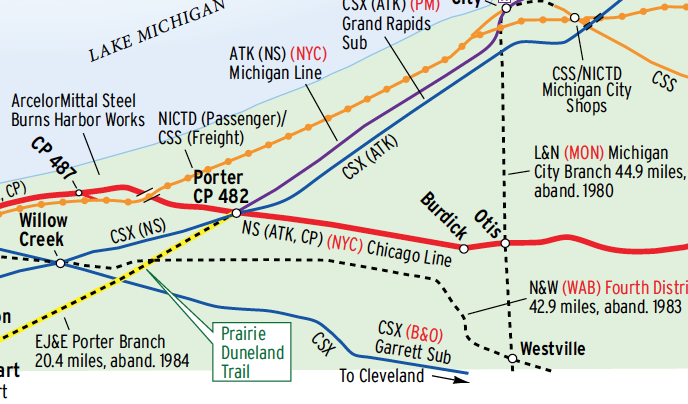
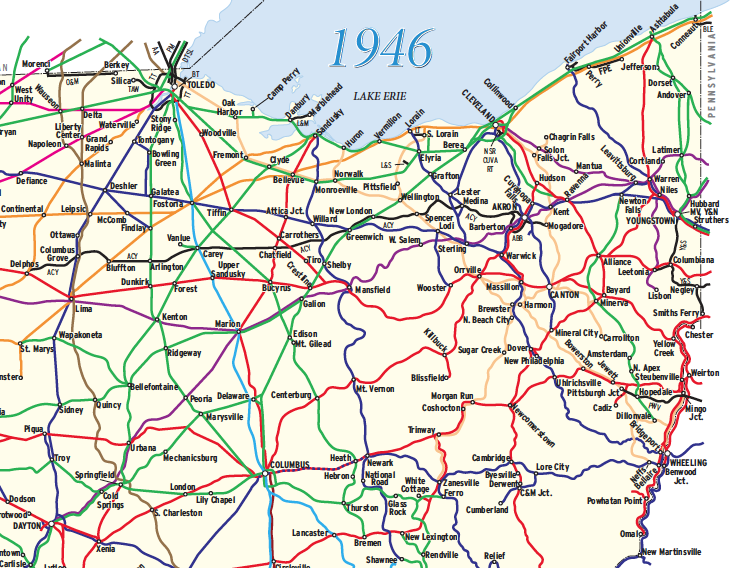
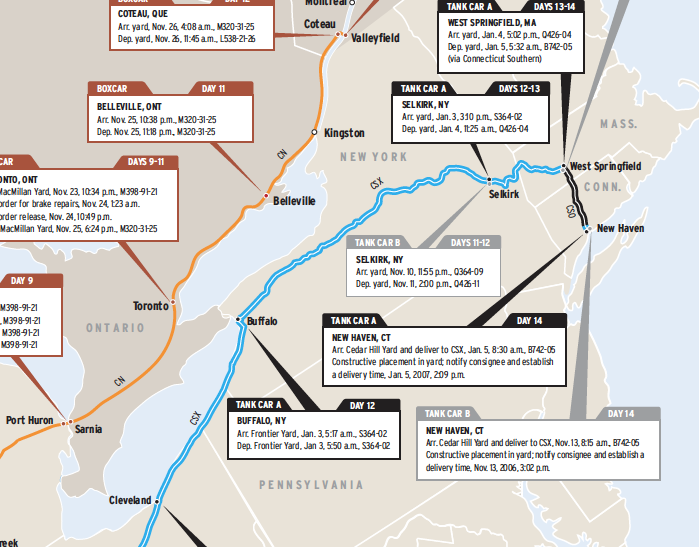




Too bad that passenger rail infrastructure wasn’t also included in this evaluation/forecast. I believe we as a nation will truly wish we had invested in it by the time 2035 gets here.